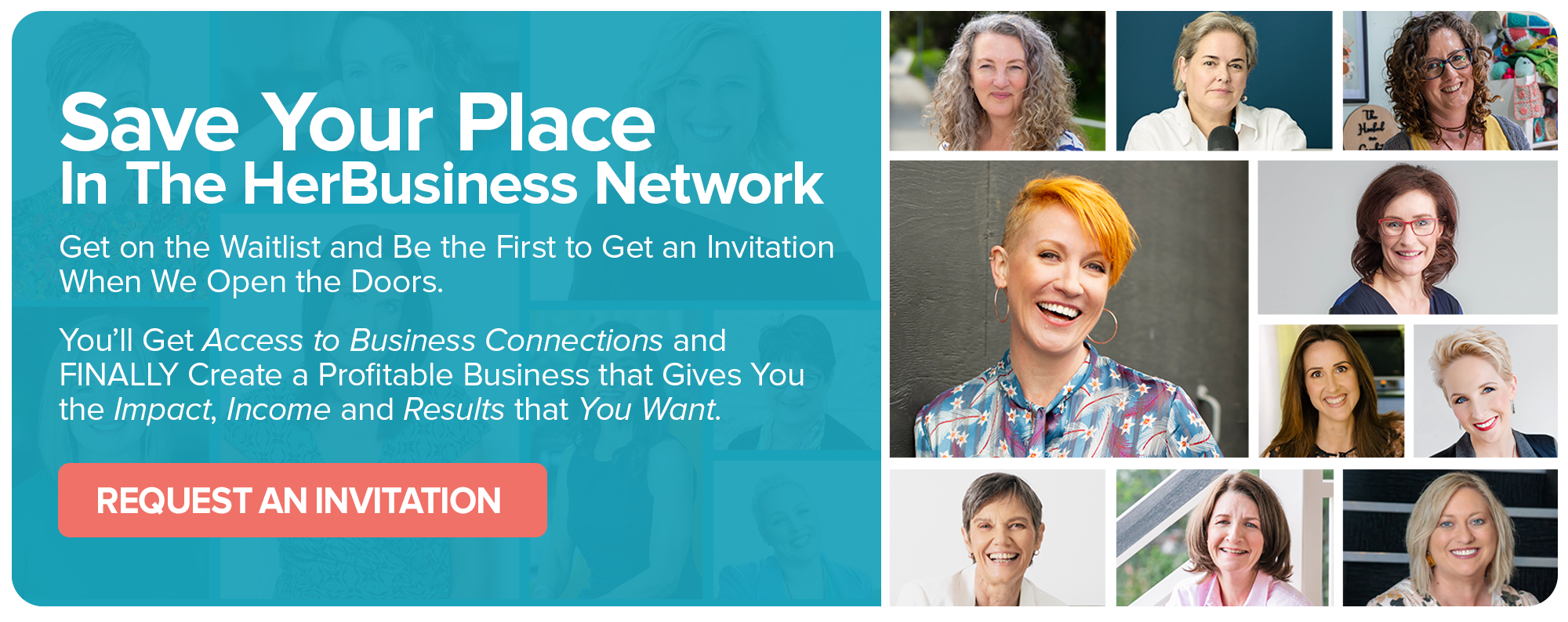When it comes to selling your product or service, you might be making one (or more!) of the most common high-converting offer mistakes, without even realising it.
These mistakes could be costing you sales, profits, and opportunities with your ideal clients every single day. The good news? Each one has a simple fix.
Today we’ll run through each of the 7 most common high-converting offer mistakes, but be sure to check out the infographic as a quick reference point!

The 7 Most Common High-Converting Offer Mistakes (and What to Do Instead)
1. Guessing on Your Prices
Many business owners set their prices based on what competitors charge or just go with what ‘feels right.’ But pricing without a clear strategy can mean you’re undervaluing (or overpricing) your offer without considering the actual transformation you provide. (By the way, women business owners tend to undervalue their services WAY more than men. You deserve to get paid what you’re worth!)
Do This Instead: Use strategic, value-based pricing that reflects the real impact of your offer. Think about the results your clients achieve and how their investment compares to that value. For example, say you’re a consultant. Instead of charging based on hours worked, you can shift your pricing based on the revenue growth your clients experience — that could give you higher rates and make you attract more committed and high-end clients.
2. Overwhelming Your Clients with Too Many Options
It is very tempTing to throw in everything but the kitchen sink to make your offer seem more valuable (and to give more to the client), but this can actually backfire. Having too many choices can overwhelm the buyer and stop them from taking action at all.
The Fix: Instead, focus on a curated mix of deliverables that maximises perceived value without complicating the decision-making process. Clarity is ALWAYS better.
3. Using Bland, Forgettable Offer Names
A generic name like “Business Coaching Program” is easy to ignore. If your offer name doesn’t instantly grab attention and communicate a compelling promise, it gets lost in the noise of other, more appealing offers.
What Works Better: Choose a specific and memorable name that speaks directly to your audience and the problem you are solving. Make it catchy, benefit-driven, and easy to remember. So instead of your “Marketing Bootcamp”, you have a “2 Hour Magnetic Messaging Bootcamp”.
4. Using Bland or Inconsistent Visuals
This one should be obvious, and is a quick fix (because who doesn’t have a Canva account now-a-days?). First impressions count. If your sales page, your branding, or your ads/posts look inconsistent or just messy, your potential client is going to click away almost immediately.
The Solution: Invest in professional and compelling visuals that really show off your unique brand and your offer. Build a strong brand presence to build credibility and show the client that they are buying something of quality. If you don’t have the budget for a professional designer, there are plenty of tools out there to create consistent branding for free.
5. Asking Client to Take All the Risk
Your clients should not feel like they are taking a bet on you. If your buyer feels like they are taking any kind of risk, they’re going to hesitate and go for a more reliable option. No one wants to feel unsure about a purchase, especially if it’s a high-ticket offer.
Instead: Always offer some kind of solid risk-reversal. A guarantee, a satisfaction promise, or a clear refund policy. It removes hesitation, build trust, and is just a good business practice. Say you offer an online program and you’re dealing with a lot of customer hesitation. Instead of getting more salesy with your messaging, you could introduce a 30-day satisfaction guarantee option to reassure clients.
6. Throwing Together Random Bonuses
Bonuses should add real value — not fluff. If your bonuses don’t solve a pain point or give your buyer something tangible and useful, they might actually be making your offer less legitimate.
So, do this: Choose bonuses that directly address objections and help the client see results faster. A quick-start guide, private Q&A sessions, or follow up support are always good ways to go.
7. Giving Clients NO Reason to Buy Now
If there’s no urgency, your offer is going to end up in the pile of ‘I’ll get to it one day’ stuff. The wish list. The shopping cart. And most of the time, once you end up there, your offer will be forgotten.
Stay out of wishlist territory: Create ethical urgency using time-based, quantity-based, or value-based scarcity to get them to take action without the pressure. Think of fast-action bonuses, exclusive 1:1 calls, or access to higher-ticket courses/downloads. But remember — ETHICAL is the key word here. Never fake urgency, your reputation with that client or potential customer will suffer in the long run.
Avoiding High-Converting Offer Mistakes = Better Sales
These high-converting offer mistakes are very easy to make when you’re not paying attention, but they also can be easy to fix. You can go from having a struggling offer to converting clients easily.
Want expert guidance on crafting your high-converting offer? You can join us for the Advanced Offer Creation 2-Day Intensive on 8 & 9 April, 2025 in Sydney. In our hands-on, in-person workshop, marketing expert Michelle Falzon and I will personally help you refine your offer so it stands out and sells out.
Spots ARE extremely limited because we want to keep the workshop small, and this may be the only time we run this event. (Hint, hint – did you see the use of tip #7 there?)
You can apply here to join us.

